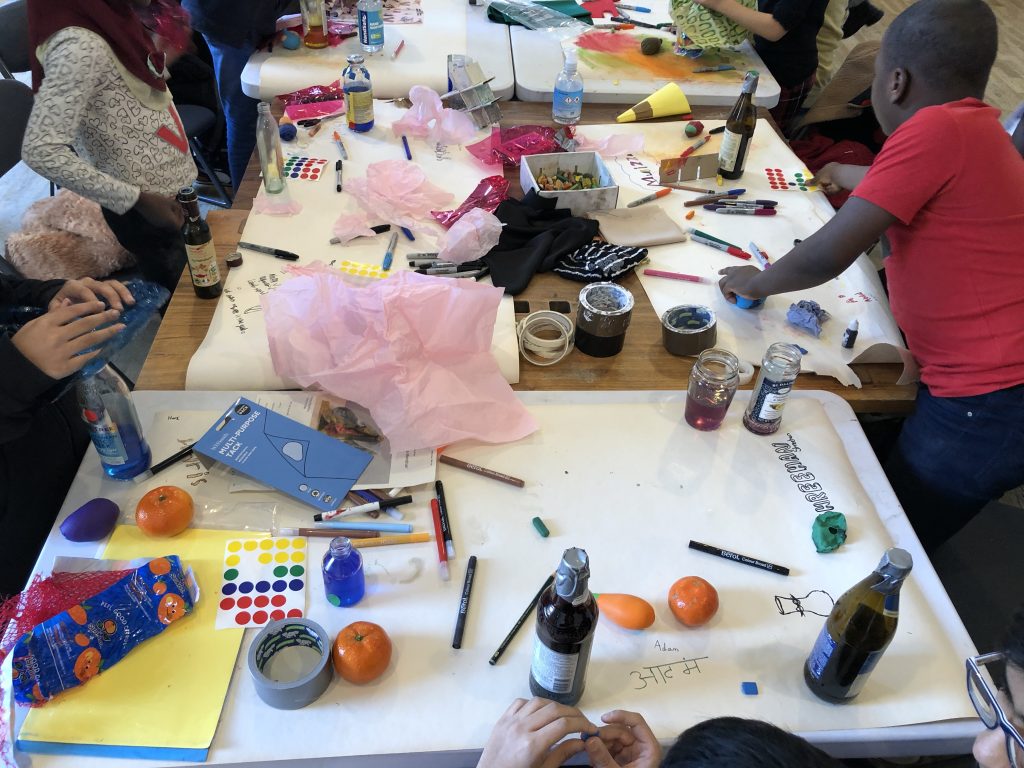
Hi, my name is Harriet Simms and I work as Community Engagement Officer at GSA. I have been supporting Cara on the final stage of this research, concluding the project through the development of a report, sharing event and finalising the toolkit. I have found it interesting to learn about Participation Requests (PRs), which is part three of the Scottish Government’s Community Empowerment Act, as it was unknown to me before this project. This is surprising as I work in community engagement and have heard of the other parts of the Act such as Asset Transfers. I found that this was also a finding within the research that this part of the act is not well known amongst community groups and there is a general lack of public awareness and understanding of PRs.
I have a background in participatory design and design research, so designing spaces and tools that support participation is a key driver of my practice. Through my role at GSA and working with community groups within Garnethill, I have found that structures of participation within public services are determined by the Public Service Authorities (PSAs) and tend to be consultations, notifications or are based through established structures like Community Councils. There is a desire to increase participation and to make decisions more democratic, but in reality it becomes limited by lack of resource and time or decisions being predetermined before consultation. So when learning about PRs from working on this project, I started to see a real potential for this process to enable communities to shape services that impact their quality of life.
Local knowledge and engagement is vital to support inclusive area development and develop services to suit local needs. PRs are currently viewed as more of a final straw for communities to have a voice on these topics and some PSA’s see it as a criticism of their services. Instead, and as highlighted by participants in Social Studios, PR’s should be positioned as a positive invitation for participation and used as a device to shape and enrich services. Going through a PR process can support communities and PSAs to build good working relationships, which could then lead to continued dialogue and collaboration in future projects. PRs also offering an opportunity for different community voices to participate in local decision making, alongside the established Community Council structure, which can bring a much needed more diverse set of experiences and backgrounds to the discussion. Although it is important to note that this research has highlighted a number of barriers and challenges for less formally organised community groups to engage with PRs.
A final reflection is that PRs are currently an additional request for communities to ask PSAs if they can have a say. The PR process provides a structure for PSAs and communities to collaborate and work together on shared outcomes. Rather than it being an add on, I believe this process should be embedded in public service and area development processes to ensure that community knowledge and participation are always an integral part.
